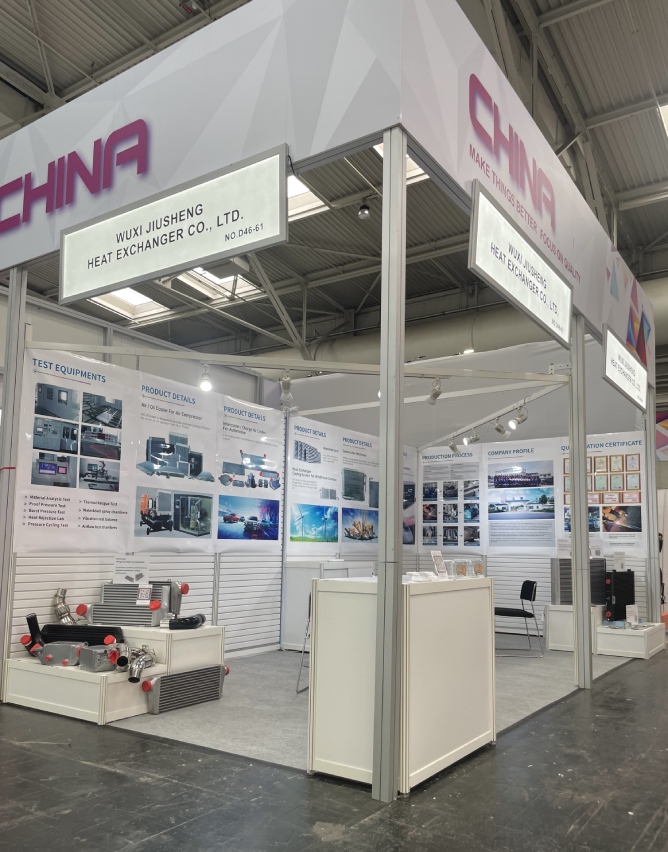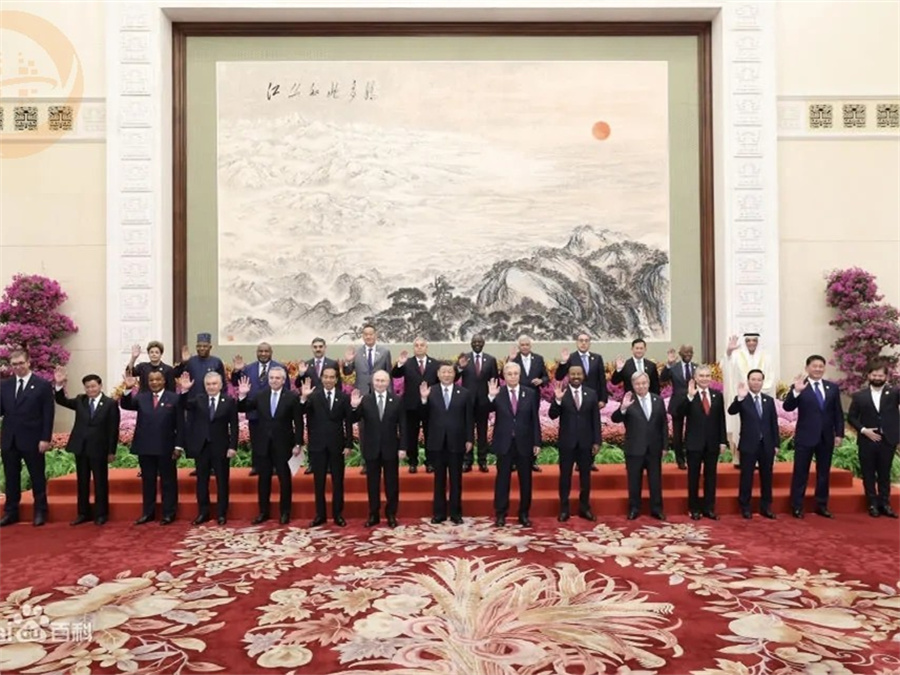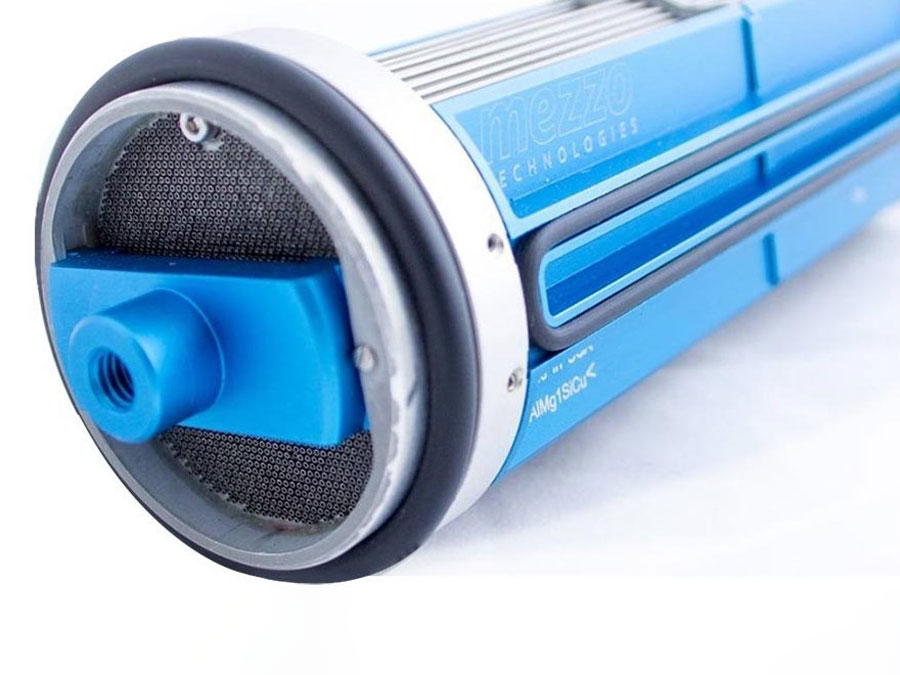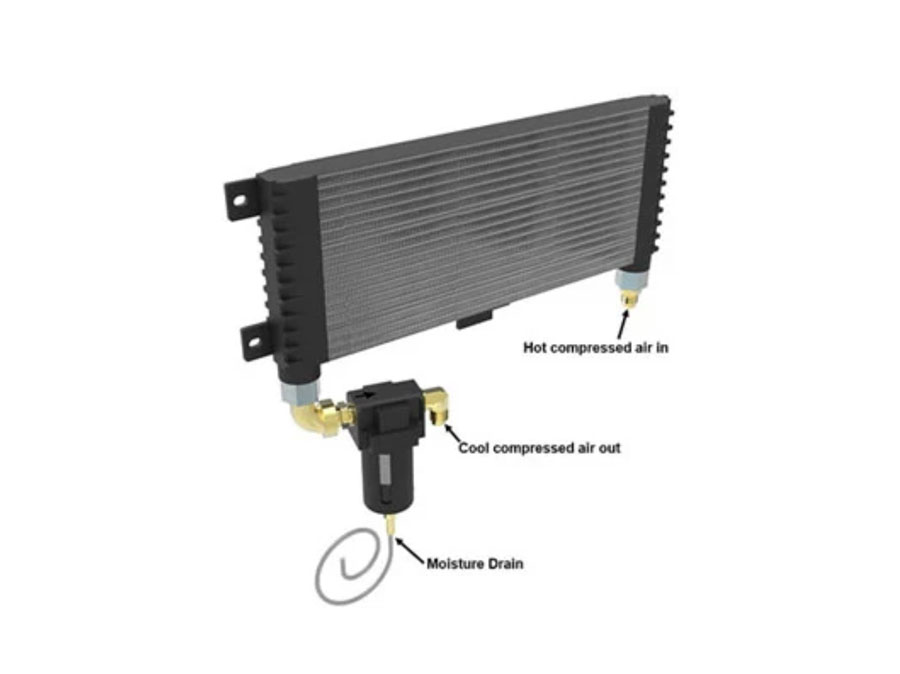Introduction Of Plate Fin Heat Exchanger
Aluminum plate fin heat exchanger is usually composed of partitions, fins, seals, and deflectors. Fins, deflectors and seals are placed between two adjacent partitions to form an interlayer, which is called a channel. Such interlayers are stacked according to different fluid methods and brazed into a whole to form a plate bundle. The plate bundle is a plate. The core of the fin heat exchanger. Plate fin heat exchanger has been widely used in petroleum, chemical, natural gas processing and other industries.
Features Of Plate Fin Heat Exchanger
(1) The heat transfer efficiency is high. Due to the disturbance of the fins to the fluid, the boundary layer is continuously broken, so it has a large heat transfer coefficient; at the same time, because the separator and the fins are very thin and have high thermal conductivity, the plate fin heat Exchanger can achieve high efficiency.
(2) Compact, since the plate fin heat exchanger has an extended secondary surface, its specific surface area can reach 1000㎡/m3.
(3) Lightweight, because it is compact and mostly made of aluminum alloy, and now steel, copper, composite materials, etc. have also been mass-produced.
(4) Strong adaptability, the plate fin heat exchanger can be applied to: heat exchange between various fluids and phase change heat with collective state change. Through the arrangement and combination of flow channels, it can adapt to different heat exchange conditions such as counter flow, cross flow, multi-stream flow, and multi-pass flow. The heat exchange needs of large-scale equipment can be met through the combination of series, parallel, and series-parallel connections between units. In the industry, it can be finalized and mass-produced to reduce costs, and the interchangeability can be expanded through building block combinations.
(5) The manufacturing process of plate fin heat exchanger has strict requirements and complex process.
The working principle of plate fin heat exchanger
From the working principle of plate fin heat exchanger, plate fin heat exchanger still belongs to partition wall heat exchanger. Its main feature is that the plate fin heat exchanger has an extended secondary heat transfer surface (fin), so the heat transfer process is not only carried out on the primary heat transfer surface (baffle plate), but also on the secondary heat transfer surface conduct. The heat of the medium on the high-temperature side is poured into the medium on the low-temperature side once, and part of the heat is transferred along the height direction of the fin surface, that is, along the height direction of the fin, there is a partition to pour heat, and then the heat is convectively transferred to the low-temperature side medium. Since the fin height greatly exceeds the fin thickness, the heat conduction process along the fin height direction is similar to that of a homogeneous slender guide rod. At this time, the thermal resistance of the fin cannot be ignored. The highest temperature at both ends of the fin is equal to the temperature of the partition, and with the convective heat release between the fin and the medium, the temperature continues to decrease until the medium temperature in the middle of the fin.







